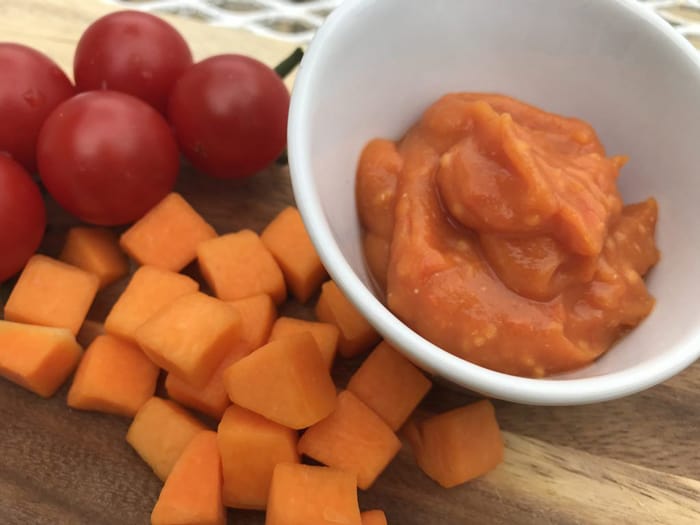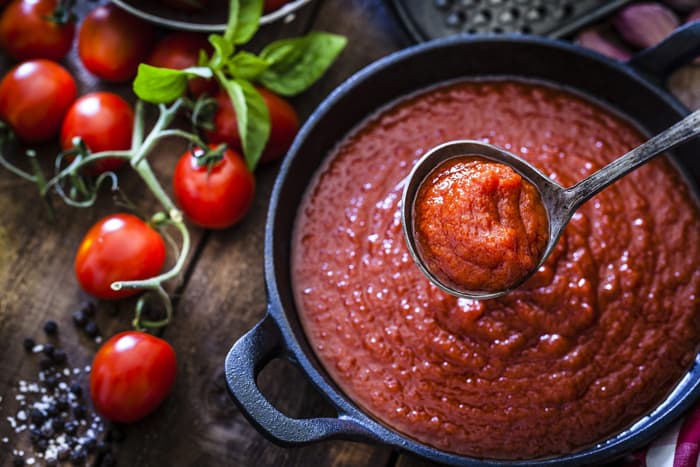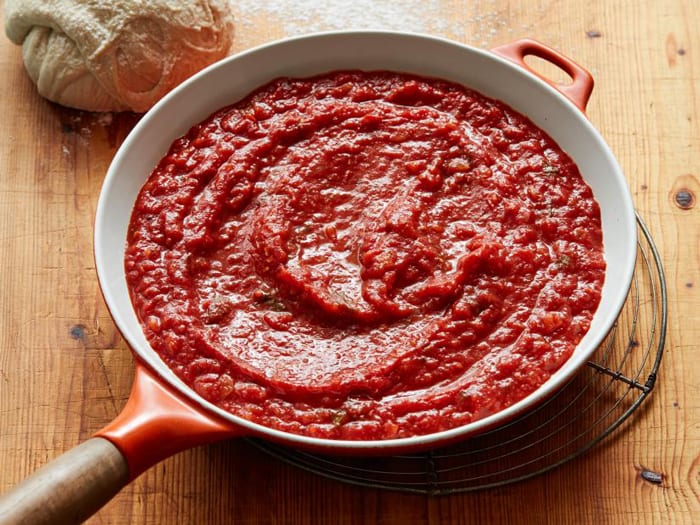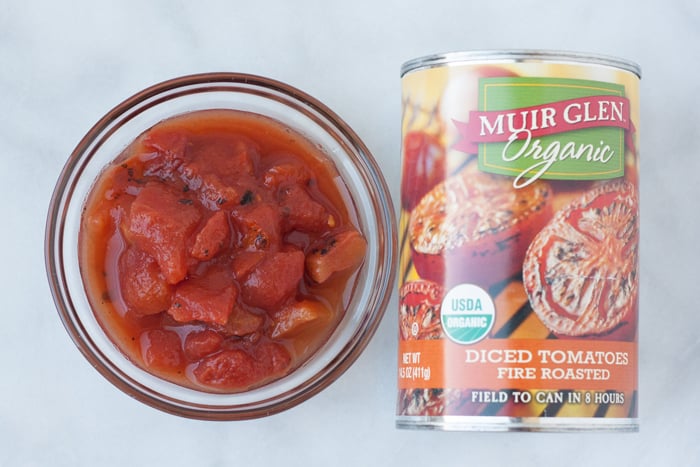It is impossible to choose between pizza and pasta. Both of them are equally delicious and mouthwatering. The recipe ingredients of both are also very similar. Both of them are red in color, and both have tomatoes widely used in them. The key differences between the two are as follows:
Pureed and squashed tomatoes
Pizza sauce is normally made with grinded tomatoes or tomato glue, making it be a thicker volume than the pasta sauce. The thicker sauce prevents the mixture from getting too soaked while the pizza is being cooked. It likewise includes an assortment of flavors like oregano, Italian flavoring, garlic salt, onion powder, and sugar for an exotic flavor that impeccably supplements the kinds of cheese utilized for pizza.
Pizza sauce is extended in a far layer on top of the pizza batter and cooked all the while with the mixture and garnishes, bringing the entirety of the flavors together. Custom-made varieties may incorporate cooking guidelines for the sauce before putting it on the mixture.

Pasta sauce also called spaghetti sauce is by and largely made with squashed tomatoes that help the water component of the sauce, making it slender than pizza sauce. The slender sauces effectively coat your pasta completely to give flavor to each nibble.
Pasta sauce regularly incorporates fundamental flavors like salt, red and black peppers, and dried oregano leaves. Every gourmet specialist can prepare the dish to taste to supplement the pasta and extra fixings. You will regularly discover tomato lumps in pasta sauce, though pizza sauce requires smoothly pureed tomatoes that are typically pureed to diminish pieces. Spaghetti sauce likewise highlight ground meat or Italian wiener.
Price
Pasta sauce is generally cheaper than pizza sauce. They can also be used interchangeably. If you are a student or have a low budget, you can purchase a ready-made pasta sauce and use it on pizza also. There is another shortcut method that you can adopt. You can use ketchup put some red pepper flakes in it and some garlic. This is a quick tomato sauce to be used with both pizza and pasta.
Raw or Cooked sauce
Pizza sauce is not cooked but a type of finely grinded tomato sauce, while pasta sauce is generally cooked. That may not appear to be serious; however, it can have a significant effect. The best pizza sauce is essentially puréed tomatoes that are prepared basically with salt and pepper and two or three traditional food items like oreganos and garlic or ginger or some balsamic and red wine vinegar.

The explanation pizza sauce is uncooked is on the grounds that it will really bring about a superior tasting pizza; it will give you a new and exciting tomato flavor, even after it has been heated in a warm broiler.
Cooking time and spices
Pasta sauce, then again, is moderately stewed. It normally has a couple of spices including oregano and basil leaves. The simmered sauce will have a better, more extravagant, more profound taste. As the noodles are boiled when they’re thrown in the sauce, it’s pleasant too, as of now, to have the taste to be created in it. Pasta sauce may be tastier likewise and less spotless on the surface, as it is not usually mushed like pizza sauce.

Canned and un-canned tomatoes
Generally, both pasta and pizza sauces are made up of canned tomatoes because of the lack of tomatoes’ availability in every season. But pasta sauce can be made up of un-canned and fresh tomatoes as it is a cooked one. Tomatoes are generally boiled, then crushed and ground to make a paste and then simmered to be added in pasta.

In the case of pizza, the tomatoes are generally crushed to form a paste, and that raw tomato paste is applied all over the crust. Canned tomatoes can also be used for this purpose as they are convenient to use. But they are costly at the same time. Canned foods are generally cooked slightly to preserve them.
Conclusion
Pizza and pasta sauces appear to be the same, but there is a very clear distinction between the two in terms of price, nature, cooking time, and kind of tomatoes used, i.e., canned or un-canned tomatoes.

